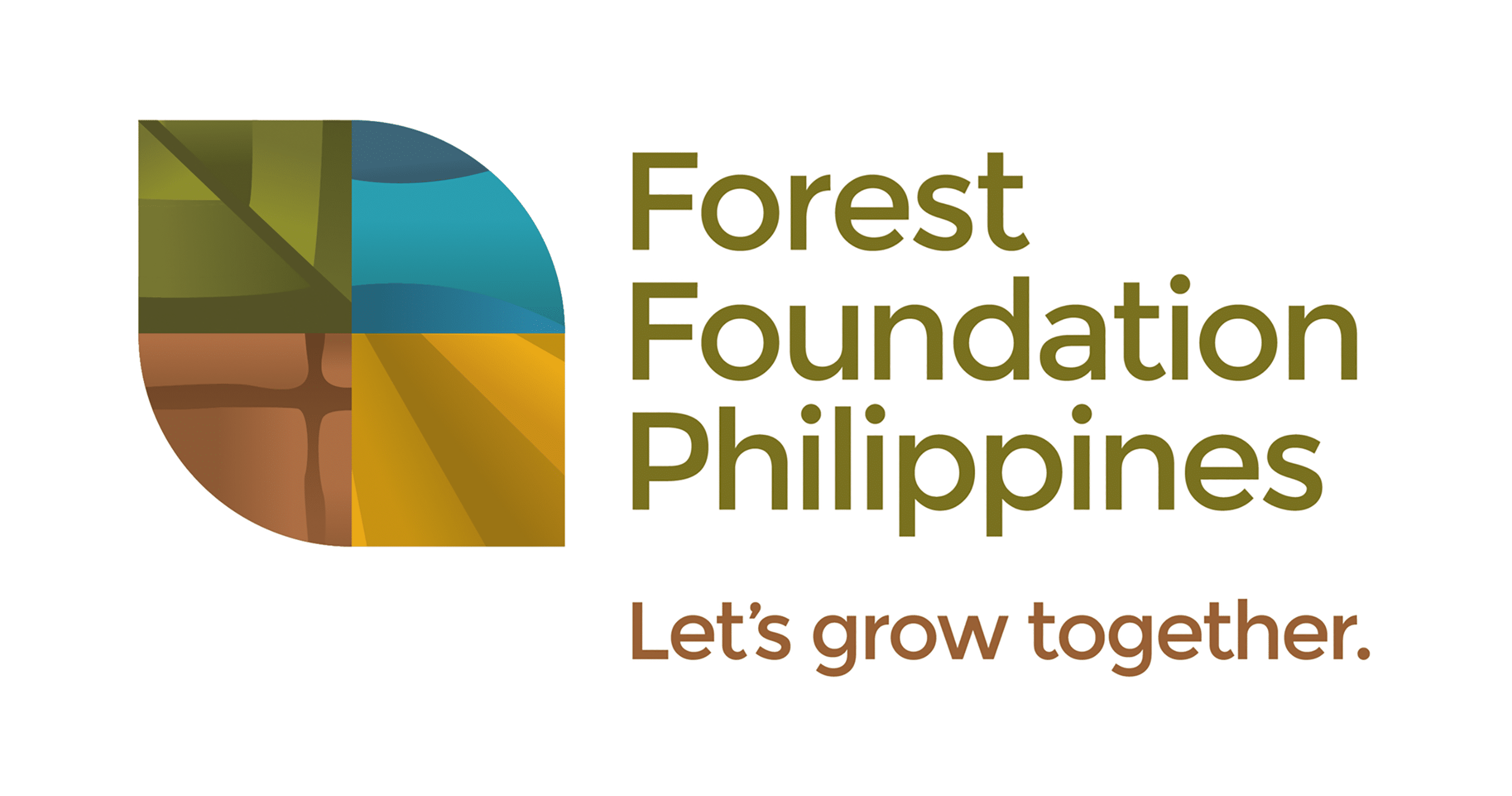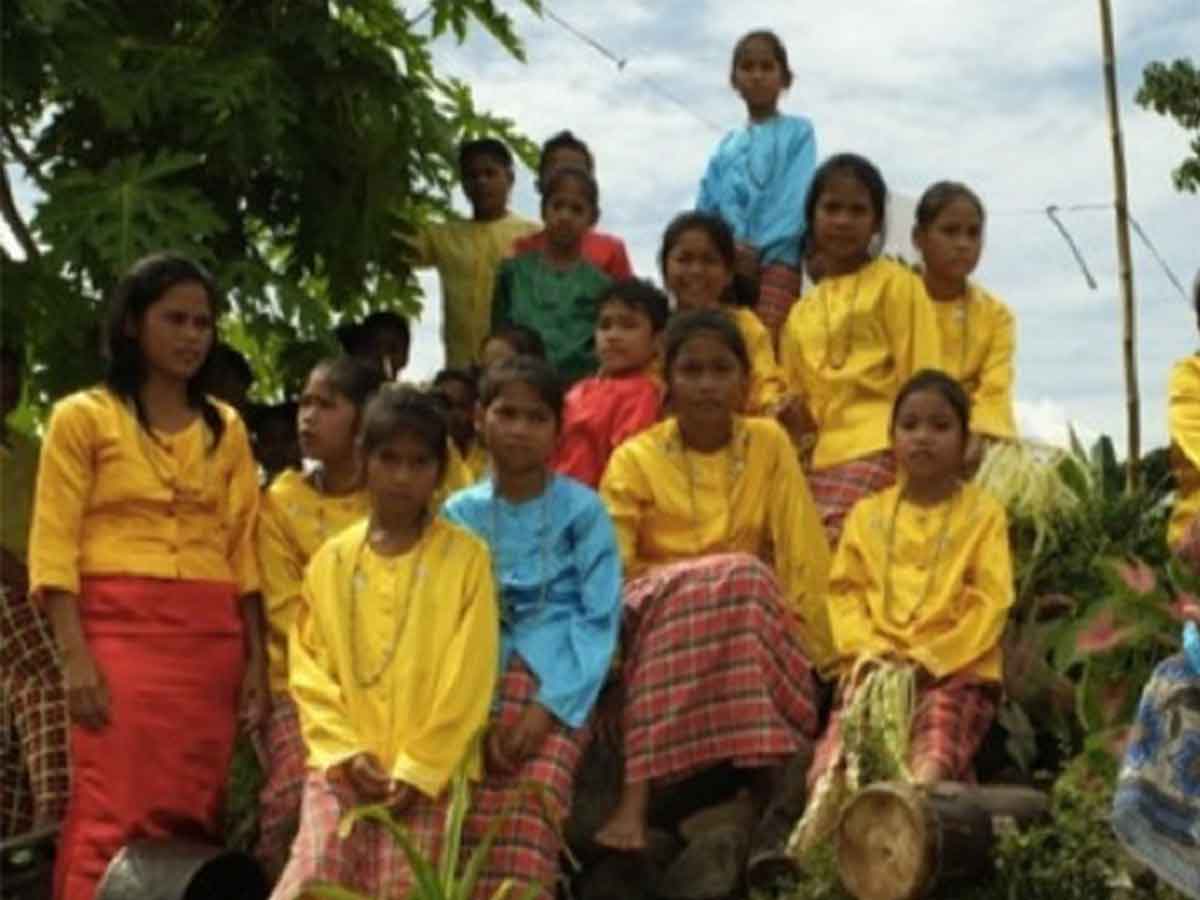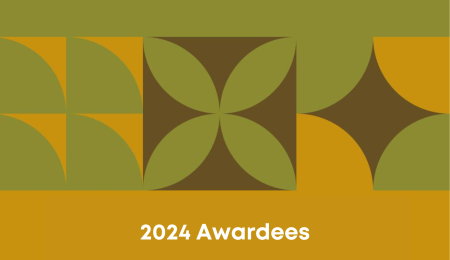The Palao’ans’ conviction to protect their environment is innate and deeply rooted, dating back to the time when they first inhabited the area. Through the years however, the land they’ve been protecting has changed. With the increasing population and number of settlers moving in, the area has become a target to an array of illegal activities like logging, wildlife poaching, unsustainable hunting and the like. The massive conversion of forest lands into agricultural lands was also evident. Before the sanctuary was put in place, the Palao’ans recalled a decrease in their sightings of baboy damo (wild pig), kiao (birds) and other wildlife.
With support from PTFCF, the Congregation of the Augustinian Missionaries (CAMP) and Organization of Indigenous Peoples for Action in Palawan, Inc. (OIPAP) implemented the “Traditional Systems of Forest Management of the Palao’an in Aribungos, Brooke’s Point, Palawan.” This three-year project hopes to strengthen the traditional knowledge systems and capacities of Palao’ans in managing their ancestral domain in order to maintain the forests and their biodiversity – the foundation of life and culture of Palao’ans.
After two years of project implementation, they were able to establish the 350 ha wildlife sanctuary with prior activities such as survey and mapping of at least 2,400 ha of their ancestral domain (which was later on recognized by the Palawan Council for Sustainable Development), finalization of their domain’s management plan, and demarcation of forest boundaries with the use of natural markers. Moreover, paralegal refresher courses were provided to at least 32 Bantay Gubas (sanctuary wardens; also deputized by the government), allowing them to effectively conduct foot patrol and forest monitoring. Some of them were also given enhanced capacity building on ethnobotanical surveys, parataxonomy and habitat mapping, including documentation of parent trees and their phonological characteristics. These efforts have so far been able to identify 44 species (of flora and fauna) of interest in the established wildlife sanctuary. Congruently, trainings on reforestation, as well as nursery establishment and management were conducted, enabling them to reforest at least 20 ha. Finally, baseline survey for the livelihood support was conducted, which eventually led to the pursuit of micro-enterprise development for almaciga trading, among others.
As they are currently on their third year of project implementation, CAMP-OIPAP aims to facilitate the improvement of the wildlife sanctuary management in coordination with local stakeholders and explore other means of sustaining their initiative beyond the project life. They are likewise keen on providing more support to Palao’ans’ reforestation program and livelihood, including the tapping of technical experts that can assist in the almaciga propagation.
Looking beyond the pressing issues that Palao’ans currently face, like the threat of mining within their protected landscape, they remain steadfast and dedicated to preserving the sacred land of their forefathers and Palao’an generations to come.




